- Home
- Smart Data
Smart Data
Actionable intelligence on energy and water use:
- Helps users identify inefficencies, and waste
- Provides real-time feedback on conservation
Right data for the right audience:
- Facility managers identify when and where energy is wasted
- CFO's can track and verify financial savings from initiatives
- Company knows its carbon and water footprint
Related Products
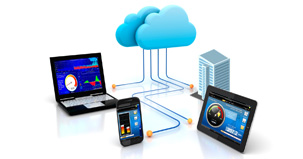 Information any time, anywhere
Information any time, anywhere - Smart User
Smart User
Smart users leverage real-time data and reduce energy and water use by:
- Continuously identifying opportunities
- Acting on opportunities
- Tracking and verifying savings
- Sustaining savings
Related Products
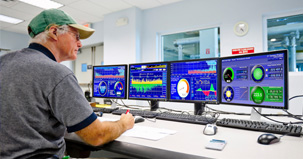 Monitor, Manage, Maintain
Monitor, Manage, Maintain - Smart Community
Smart Community
A smart community is one where all stakeholders are engaged in energy and water conservation. A smart community can be achieved by:
- Showing people precisely how much they are using
- Providing real-time feedback on conservation actions
- Effectively communicating efficiency results
Related Products
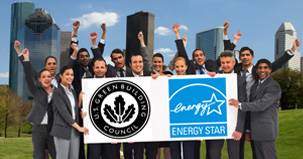 Communicate and Conserve
Communicate and Conserve - Smart Grid
Smart Grid
Smart grid, as we define it, is a "green grid", with efficient resource use and the key to a low-carbon future. We help our customers prepare for the smart grid by:
- Engaging users with smart data
- Enabling smart users to increase resource efficiency
- Educating & empowering smart communities
Related Products
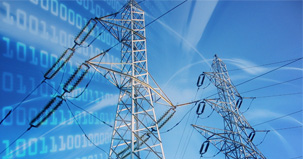 Smart grid and a smarter future
Smart grid and a smarter future - Smart Buildings
Smart Buildings
Smart buildings maximize resource (energy, water, capital) efficiency. These buildings are optimized using energy and water management process with high data visibility which lead to reduced energy and water spending.
- Higher operating income and higher asset values for owners
- Increased productivity for occupants
- Lower carbon footprint for the community
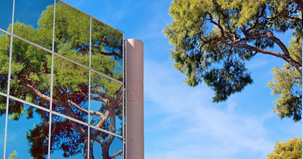 Resource efficient buildings
Resource efficient buildings
Recent Posts
LEED 2009 Focuses on Everyday Human Impact of Sustainability
Developers and facility owners are aware of their ability to make a building more sustainable – solar installation, timed lighting, metered water usage, to name a few. However, the price tag of “going green” can make someone stop and think twice.
That’s where LEED comes in. By adhering to the specifications in the U.S. Green Building Council’s (USGBC) LEED initiative (Leadership in Energy & Environmental Design) building owners and operators can recoup investment in sustainability in the now and in the future. (For more information about LEED, visit www.usgbc.org.)
But, when the term LEED comes up, people think about the financial impact of making systems more efficient. The newest version of the program, LEED 2009 (also known as LEED V3), weights credits depending on their ability to impact environmental and human health concerns.
“LEED now awards more points for strategies that will have greater positive impacts on what matters most – energy efficiency and carbon emission reductions,” said Ashley Katz, manager of communications at the USGBC.
The concept of “going green’ is hardly a new one. You would be hard-pressed to find someone who doesn’t want to be more environmentally friendly. However, “wanting” and “doing” are not always the same thing.
LEED is an internationally recognized green building certification system that provides third-party verification that a building or community was designed and built using strategies that will improve
performance in metrics such as energy savings, water efficiency, carbon emissions reduction, improved indoor environmental quality, and stewardship of resources and sensitivity to their impacts. It is intended to provide a concise framework for identifying and implementing practical and measurable green building design, construction, operations and maintenance solutions. The system awards “credits” or “points” for these various initiatives.
LEED 2009 operates on a 100-point scale and every point counts toward LEED certification. The program is based on 13 environmental impact categories, including climate change, indoor
environmental quality, resource depletion and water intake, among many others, Katz explained. Under LEED 2009, “the impact categories were prioritized, and credits were assigned a value based on how they contributed to mitigating each impact. The result revealed each credit’s portion of the big picture, giving the most value to credits that have the highest potential for making the
biggest change.”
All of that being said, going green will cost you some green at the outset. Make sure you recoup that investment by monitoring your energy savings on a regular basis. Under LEED 2009, you can earn
valuable credits for energy monitoring.



